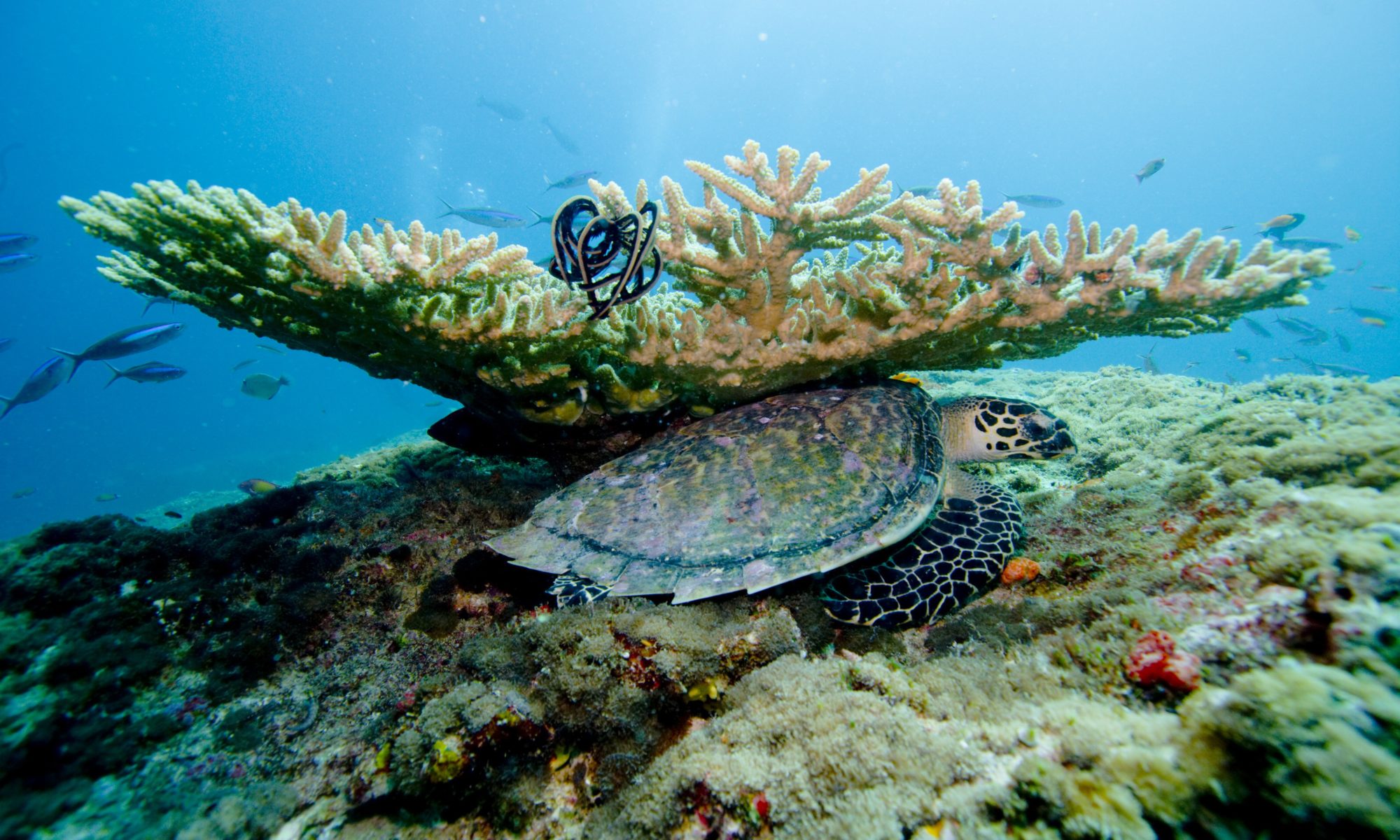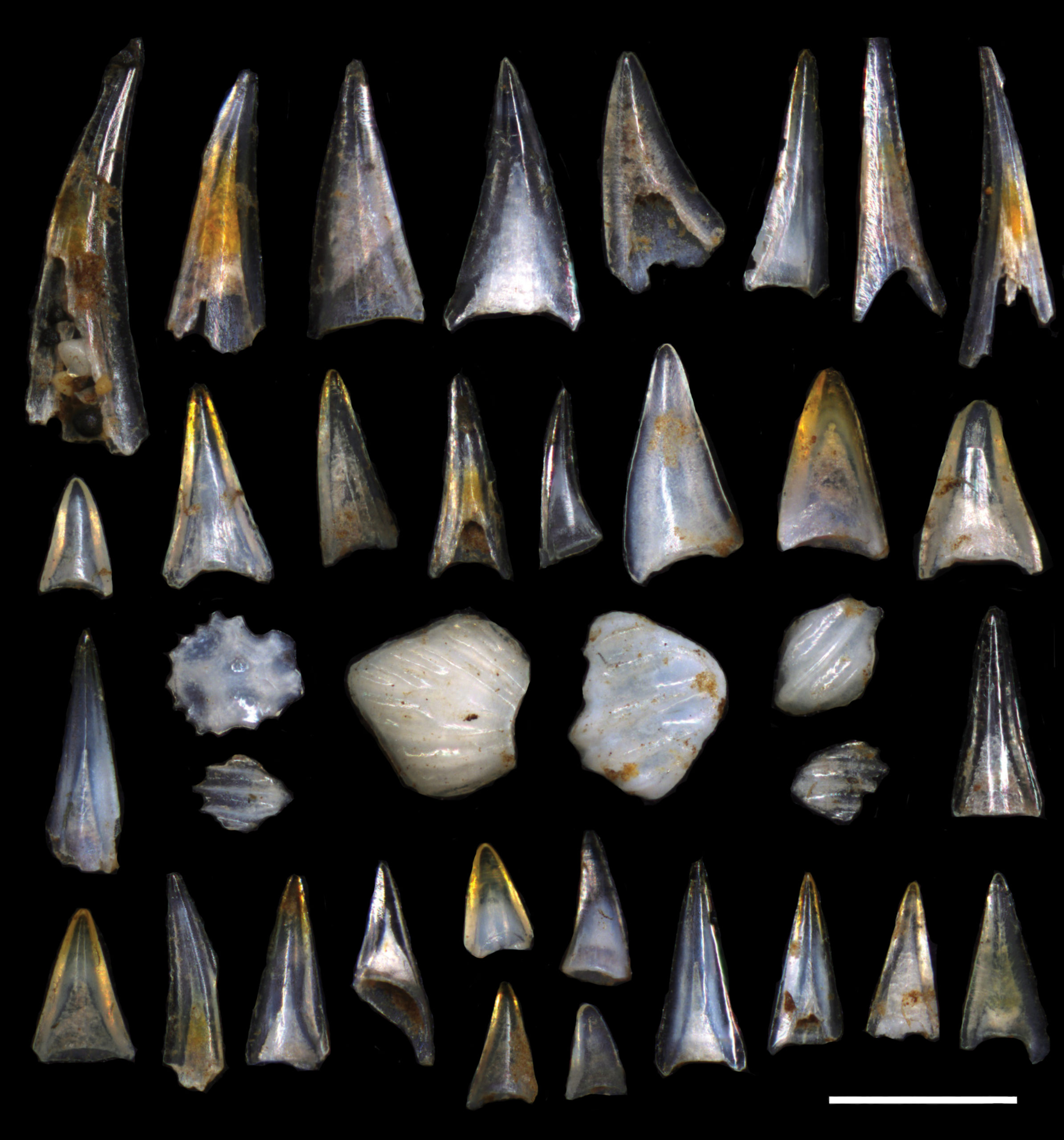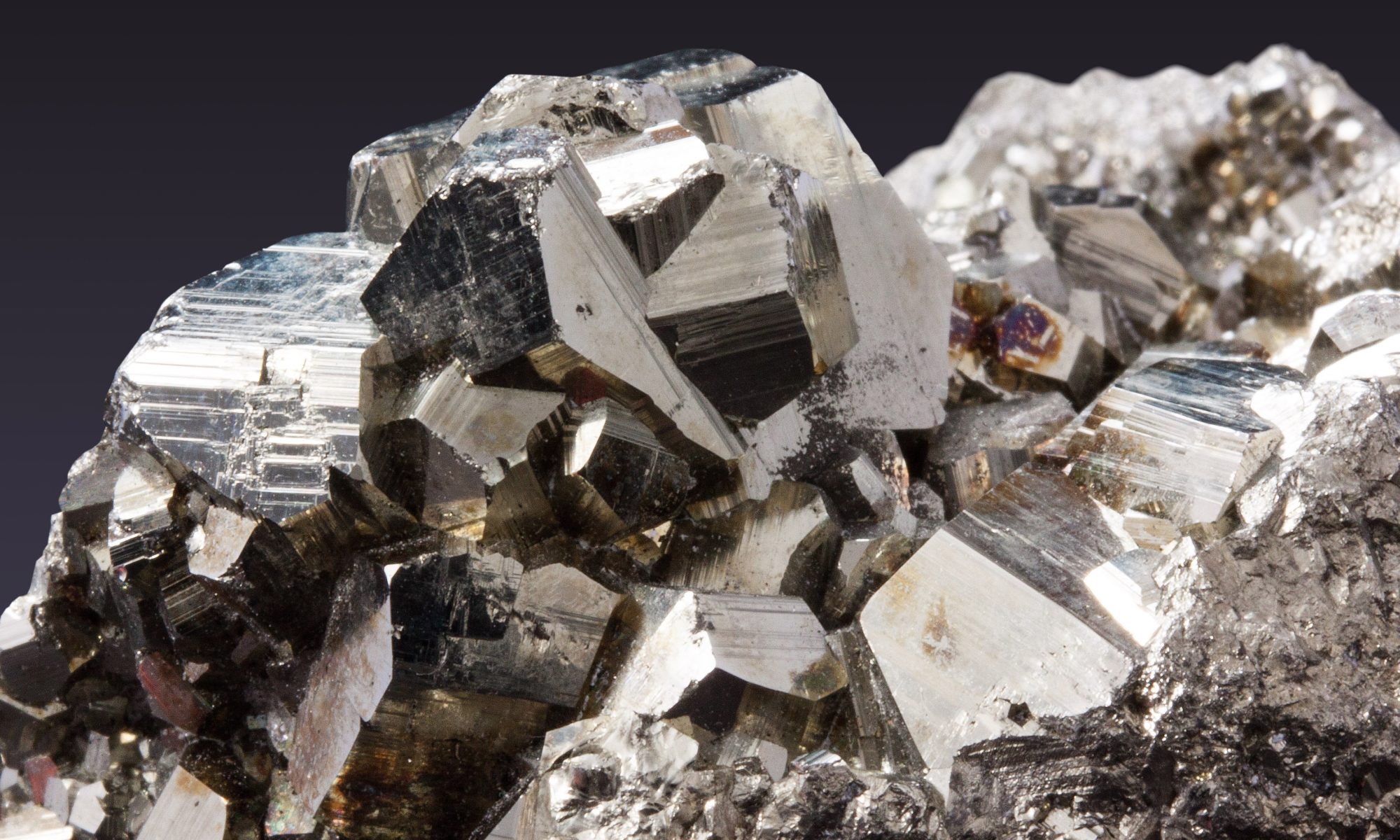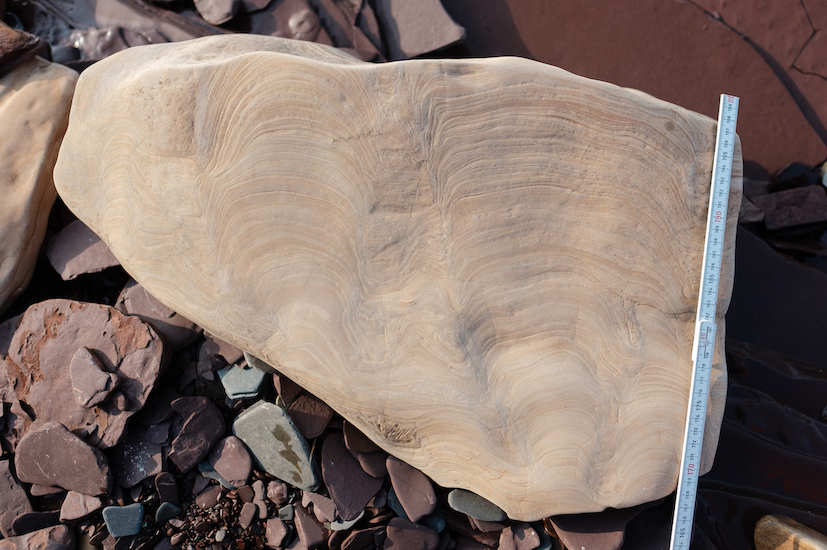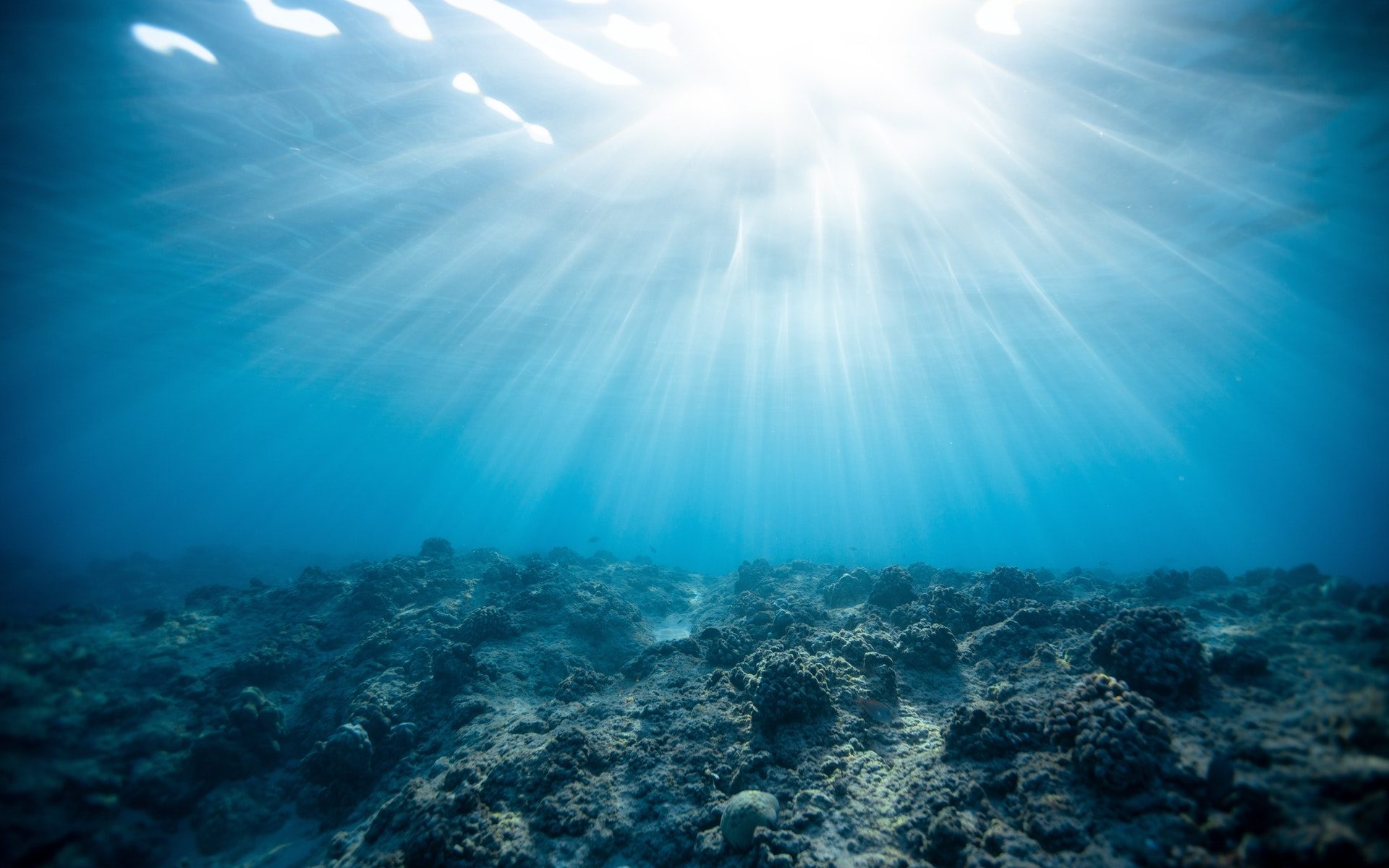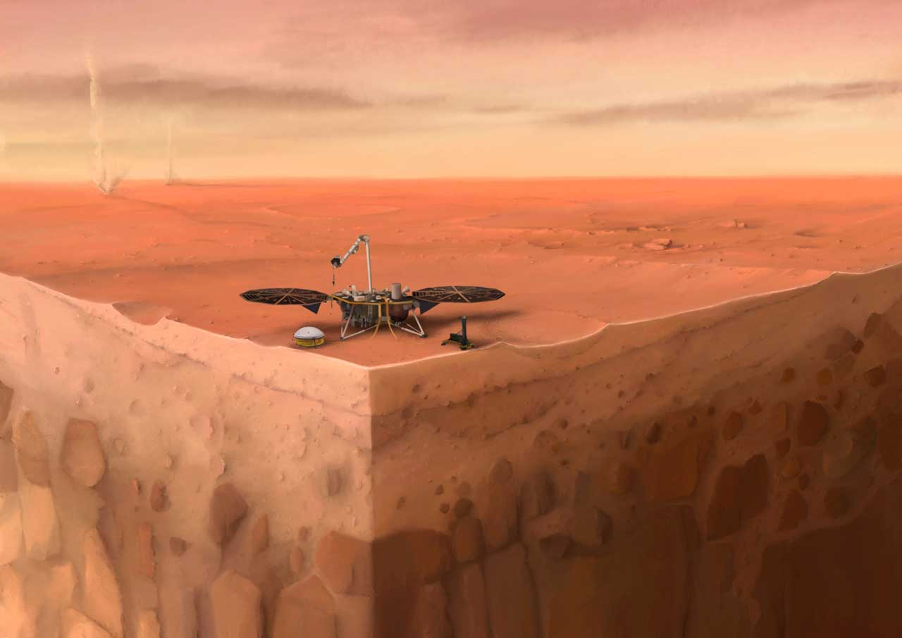Featured image: The earliest examples of life on Earth are microbial buildups known as stromatolites, like these 1.8 Ga old examples from Great Slave Lake, Canada. What changed on our planet for organisms to evolve from microbes to macroscopic lifeforms?
Paper: Ediacaran reorganization of the marine phosphorus cycle
Authors: Laakso, T.A., Sperling, E.A., Johnston, D.T., and Knoll, A.H.
This is a guest post by Akshay Mehra and Danielle Santiago Ramos. Contact us to submit a guest post of your own!
The history of life on Earth—as recorded in the rock record—stretches back to more than 3.5 billion years ago (Ga). The earliest fossilized remains of living organisms appear in the form of stromatolites, which are laminated constructions built in part (or completely) by microbes. While there have been some tantalizing hints that living organisms were mobile by 2.1 Ga (Albani et al., 2019) and multicellular by 1.6 Ga (Bengston et al. 2017), what is definitively known is that by ~750 million years ago (Ma), complex microscopic lifeforms were widespread on our planet. As time progressed, life became macroscopic. Then, during the Cambrian Era (beginning 539 Ma), most modern phyla (i.e. a grouping of organisms based on body plans) appeared in a flurry of diversification so drastic that it has been nicknamed “the Cambrian explosion.” Scientists are still trying to understand what combination of physical and biological processes may have driven the Cambrian explosion.
Continue reading “Did a change in phosphorus cycling lead to the diversification of macroscopic life?”

